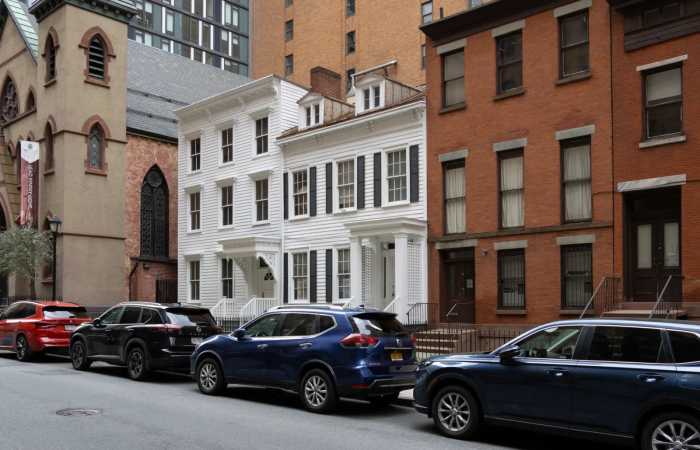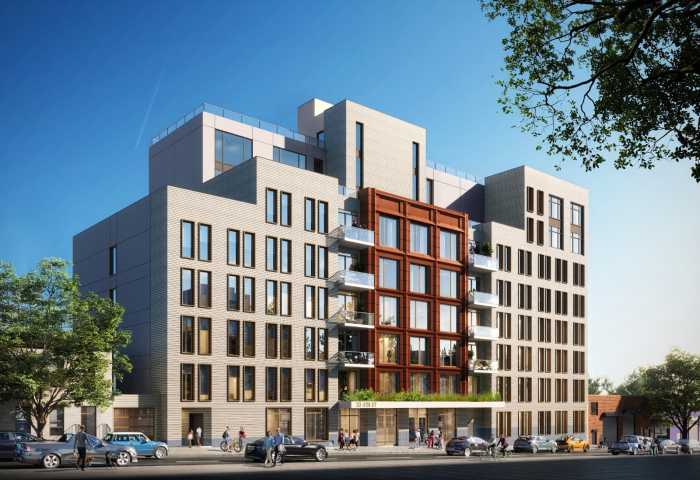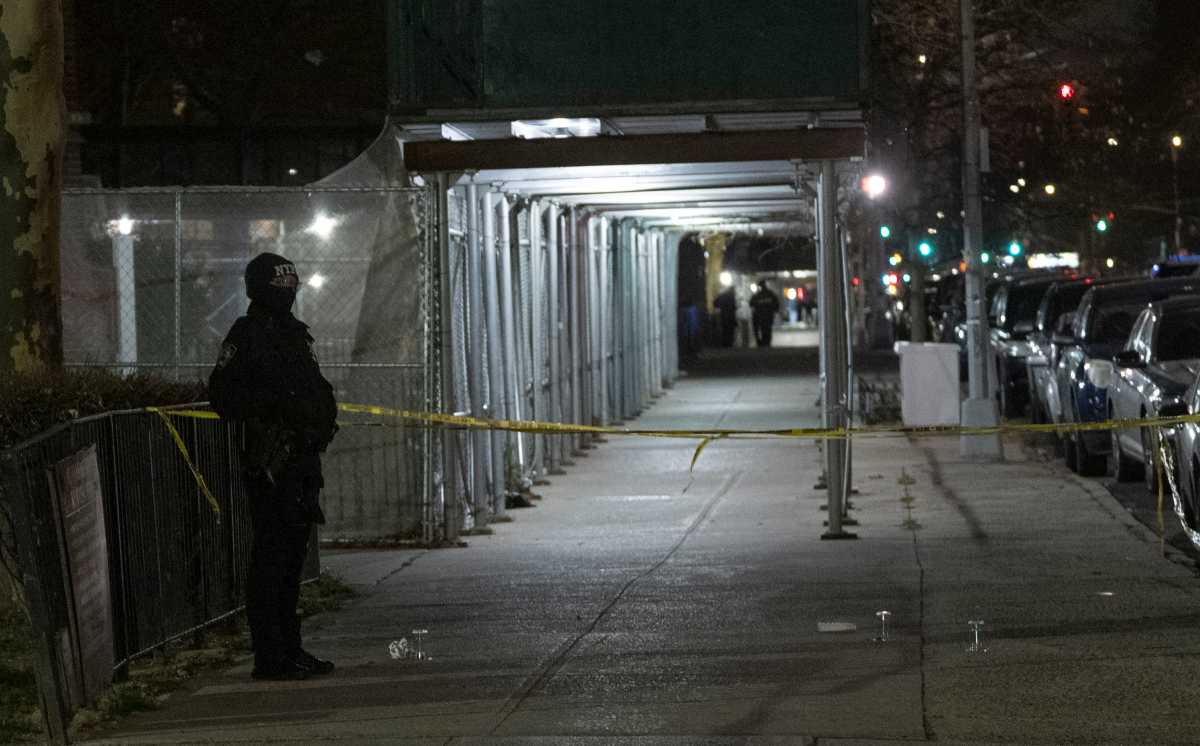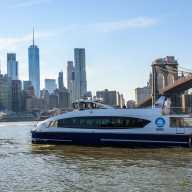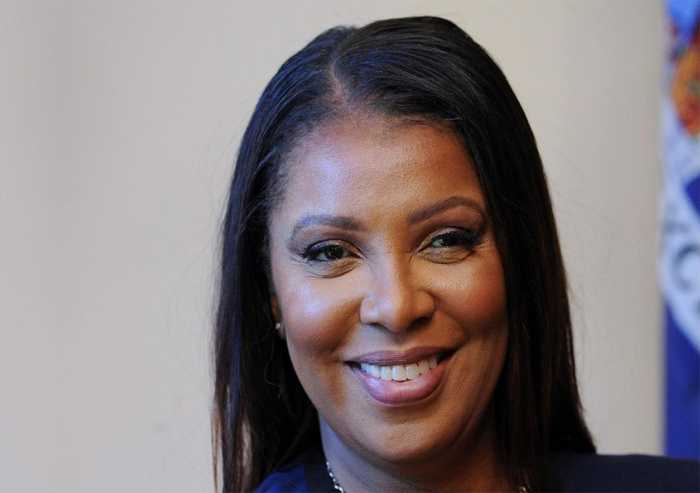To the editor,
In his column, Gersh Kuntzman called his fellow Park Slopers “closed-minded, anti-intellectual whiners” for rejecting a “logical presentation” that Sixth and Seventh avenues would be safer as one-way streets (“In defense of a technocrat,” The Brooklyn Angle, March 24).
But where was the logic? Department of Transportation Deputy Commissioner Michael Primeggia cited only one example, a 1.5-mile stretch of Glenmore Avenue, where crashes declined after a one-way conversion. He failed to note that Glenmore repeatedly switches back and forth, westbound to eastbound, a classic traffic-calming technique designed to make a street unappealing to through-traffic.
Primeggia’s only other evidence was a federal pedestrian safety report with a brief chapter on one-way streets. The report refers to two studies, one that was conducted in 1978, the other in 1973!
“Converting two-way streets to one-way streets,” the report concludes, “may not be justified solely by pedestrian safety concerns.” In fact, “vehicle speeds may increase after conversion from two-way to one-way.”
If Primeggia looked at more up-to-date literature, he would have found that hundreds of cities across the U.S. are making streets two-way to reduce speeding, help local merchants and keep children safer. “Superficially, it would seem that crossing traffic on a one-way street is preferable to crossing a two-way street,” a 2004 engineering journal article concludes. “As is often the case, the conventional wisdom is wrong.”
Likewise, a 2003 American Journal of Public Health article notes, “Higher vehicle speeds are strongly associated with a greater likelihood of crashes involving pedestrians as well as more serious pedestrian injuries.”
And who tends to get hurt most on these faster streets? “Children 5-9 have the highest population-based injury rate in pedestrian-motor vehicle accidents.” A Canadian public health study concludes, “Children’s injury rate was 2.5-times higher on one-way streets than on two-way streets.”
But who needs studies? The most “logical presentation” is made every day by the speeding vehicles on Eighth Avenue and Prospect Park West, streets that Primeggia refuses to re-engineer despite repeated community requests.
Aaron Naparstek, Park Slope
The author is a member of the Park Slope Civic Council and Community Board 6. He has posted supplemental research material at www.streetsblog.org/one-way.
• • •
To the editor,
I’m bemused by your sudden ambivalence on the one-way proposal: two issues ago, you were totally against making the avenues one-way, but this week, you’re almost for the idea.
It may be “fair and balanced,” but it’s atypical of your paper. Gersh Kuntzman’s piece, in particular, is disingenuous to say the least.
R. Kathleen Dillon, Park Slope
Editor’s note: As Dillon notes, our coverage of whether Sixth and Seventh avenues should be converted to one-way streets has been fair and balanced (and The Paper did not take an editorial position on the city proposal).
One voice in favor
To the editor,
To control the speed of traffic on Eighth Avenue, the city should synchronize the traffic lights so that a driver couldn’t go faster then the allowed speed limit.
I’ve been driving to work at Kennedy Airport from my house on Sixth Avenue and 14th Street since 1967. In that time, we’ve gone from maybe five traffic lights on Sixth Avenue to one on every block. What once took five minutes now takes 10 to cover the same mile.
I look forward to converting both Sixth and Seventh avenues to one-way streets with the traffic lights synchronized so that both motorist and pedestrians can move in a safe manor.
William Brown, Park Slope
Blame Bruce
To the editor,
Even the best traffic flow advisers cannot tell precisely how one-way and two-way traffic will be affected by the mega-development Atlantic Yards. It seems likely that massive snarls will be created within all of northern Brooklyn. Cars and trucks will form unforeseen traffic patterns like a river flowing amok into delta run-offs.
As someone who lives between Court and Clinton streets in Cobble Hill, I find that one-way traffic flows reasonably well on Court Street and is a complete disaster on Clinton Street. By some strange arrangement, one-way traffic on Congress and Amity streets flows in the same direction, greatly increasing traffic on adjacent streets.
Traffic from the misplaced arena and the absurdly dense Atlantic Yards project will have a negative impact on all our neighborhoods.
The underlying problem is still the Atlantic Yards development itself.
Natalie Burrows, Cobble Hill
Talk it out
To the editor:
Many good points were brought up during last month’s meeting regarding Sixth and Seventh avenues (“City: One-way plan is DOA,” March 24).
One issue, I am sorry to say that did not receive the attention it deserves is the issue of the environment. In reply to a question asked by one of the audience, as to whether the city had talked to the Metropolitan Transportation Authority prior to the meeting regarding the change of bus routes, the city representative commented on how often the two agencies clash.
In an age where auto pollution is becoming more and more of an issue, I’ll support any decision that favors mass transit over cars. It is about time that all branches of government follow that direction as well.
Norman Mintz, Park Slope
Blame David and Bill
To the editor,
I was inside the auditorium at the meeting and my wife had to stay outside. The anger arose, not so much out of safety (few had confidence in the DOT claims) but that this proposal was greasing the skids for the “Atlantic Yards” boondoggle.
Like a jury we weighed the evidence and used the adage, “If it walks like a duck…”
I was shocked to see Councilmembers Bill DeBlasio and David Yassky there. They are partly responsible for this mess. DeBlasio is a big supporter of the scandalous “Yards,” and Yassky was on the fence for quite a while checking his finger in the air. See what the “Atlantic Yards” hath wrought gentleman.
At least Borough President Markowitz had the decency to stay away. I am sure that he was at a more important ribbon-cutting ceremony. What a welcome he would have received.
Paul Heller, Park Slope
Plead the Fourth
To the editor,
Your article about the Sixth and Seventh avenue proposal had an offhand comment that suggested that “almost everyone agreed on” a separate recommendation to eliminate one lane of travel each way on Fourth Avenue.
Well, I disagree because it’s a terrible idea. Sure, we should have longer left-turn bays. But eliminating one lane of traffic in each direction will paralyze traffic and send it hurtling down all those bucolic streets we’re trying to preserve in the surrounding neighborhoods.
Fourth Avenue is always lined with double-parked cars, effectively rendering one of its three lanes in each direction useless. Removing another will leave only a single lane open for one of Brooklyn’s main arteries.
This could be the single most-damaging recommendation of the entire proposal! We all love quiet neighborhood streets. But to keep them that way, you need to provide through traffic with an easy way around them.
Dan Ross, Carroll Gardens
We must fix traffic
To the editor,
One way or another, Brooklyn is going to have to make some tough choices about how our infrastructure will accommodate the thousands of new families that will live here over the next 10 years, even if Atlantic Yards never get built.
Already our streets are clogged, traffic is stymied and let’s not even talk about parking.
How will “new” Brooklyn cope with these problems? Changing traffic patterns is probably the least-invasive alternative to chopping up our borough with new highways. In fact, I’m frankly skeptical even that that would be enough. As a life-long resident of Park Slope, I understand the pain and anxiety with seeing the amount of development that has inundated this part of town over the last five years.
But doing nothing is not dealing rationally with the realities of how Brooklyn is changing.
Robert Vuolo, Park Slope
Blame Bruce, Part II
To the editor,
There are so many legitimate objections that can be raised against the Atlantic Yards project, and you raised a key one in your editorial, “The Ratner Rip-off” (March 17). In it, you argued that the public needs to know much more about the financing of this project.
It is bad enough that billions of state dollars are being given to one developer, but is beyond scandalous that the details of such a large public project are kept hidden from the taxpayer. All we really know for sure is what the newspapers have gleaned, what politicians have let slip, and what assumptions haven’t been publicly denied.
The greatest factor facing any developer is that of risk; will a project make money or lose money? In the case of Atlantic Yards, the state and city have offered so much financial support that Ratner is all but guaranteed a profit, no matter how badly planned or executed it may be.
Once we compare the money being spent by all of the relevant government entities, and the subsidies being given to Ratner, it’s reasonable to wonder why the state is partnering with him rather than doing it alone, or with a more-talented and accomplished development company.
Forest City Ratner or the Empire State Development Corporation are more than welcome to open their documents publicly and prove us all wrong, and yet they haven’t. To this day, the cornerstone of this development is an arena for the Nets, and still no one will say for sure that the contract even commits the team to moving there and staying there. If Ratner gets a better offer to keep the team in New Jersey, can he leave the team there, and still retain all of the property?
The lack of answers can’t be remedied by another politician assuring us “these things have all been taken into consideration” without letting the public know what the contracts really say or what the answers really are. If the future of Brooklyn is being decided by people who would prefer that we not know what they’re doing, by what right do they expect us to assume they’re doing the right thing?
Secrecy breeds distrust, and usually for good reasons.
Brian Kenny, Park Slope




